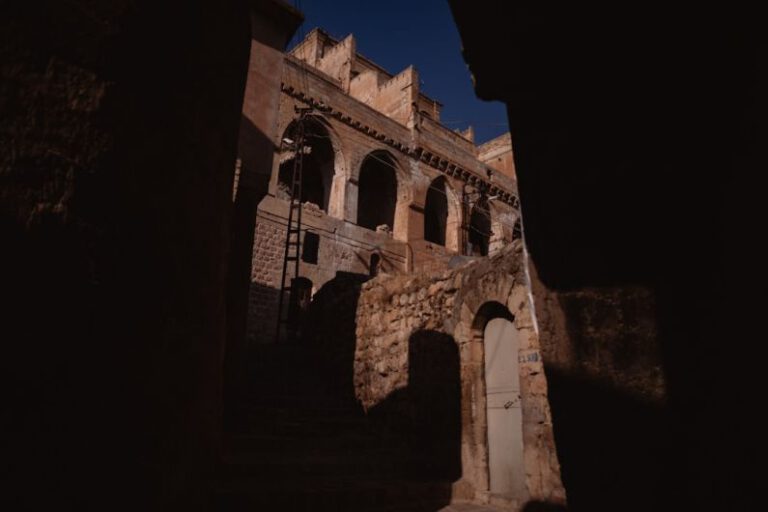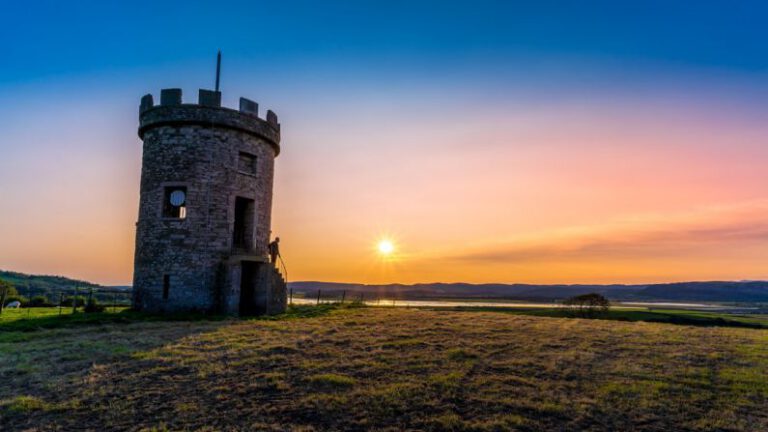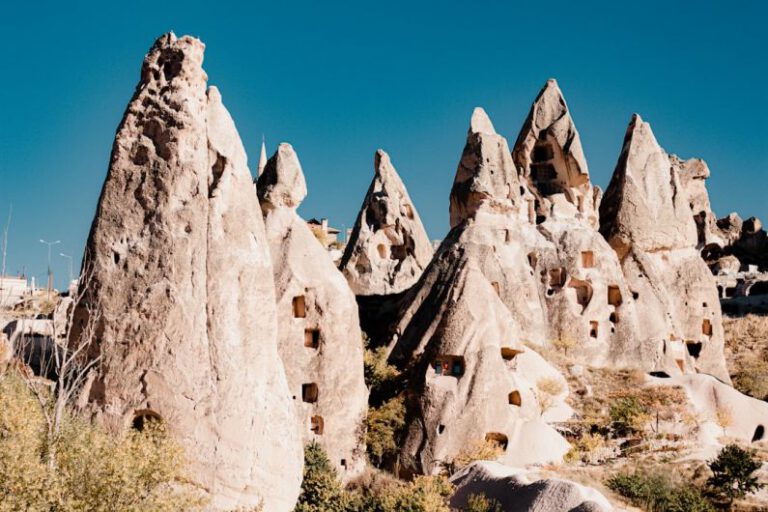What Does the Larung Gar, China Hide Amidst Its Red Houses?
Nestled among the rugged mountains of the Sertar County in China lies the ethereal Larung Gar, a unique Buddhist institute revered not only for its spiritual significance but also for its mesmerizing architecture. The red houses that dot the landscape of Larung Gar have a story to tell, each one whispering tales of devotion, community, and tradition. But what lies beyond the vibrant facade of these crimson abodes? Let us delve deeper into the mysteries that Larung Gar holds amidst its red houses.
The Enigmatic Beauty of Larung Gar
Larung Gar, also known as the Larung Valley Buddhist Academy, is a sprawling complex that serves as a center for Tibetan Buddhist learning and practice. Established in the late 20th century, this remote settlement has attracted pilgrims and scholars from far and wide, drawn by its aura of spirituality and tranquility. The most striking feature of Larung Gar is undoubtedly its sea of red houses, which form a mesmerizing mosaic against the backdrop of the snow-capped peaks. These humble dwellings, constructed in a traditional Tibetan style, exude a sense of warmth and harmony, blending seamlessly with the natural surroundings.
A Melting Pot of Cultures and Traditions
Despite its remote location, Larung Gar has emerged as a melting pot of cultures and traditions, welcoming individuals from diverse backgrounds and nationalities. The red houses, with their simple yet elegant design, symbolize the unity and interconnectedness of the residents who call this sacred place home. Within the walls of Larung Gar, monks and nuns engage in rigorous study and contemplation, sharing knowledge and insights that transcend linguistic and cultural barriers. The vibrant hues of the red houses serve as a visual testament to the vibrant tapestry of beliefs and practices that coexist harmoniously within this spiritual enclave.
A Haven for Spiritual Seekers
For many who make the pilgrimage to Larung Gar, the red houses represent more than just physical shelter; they are repositories of faith and devotion. The act of residing in these crimson abodes is seen as a sacred practice, a way to immerse oneself fully in the teachings of Tibetan Buddhism and deepen one’s connection to the divine. The austere yet inviting interiors of the red houses provide a sanctuary for reflection and contemplation, allowing residents to cultivate inner peace and spiritual growth amidst the hustle and bustle of daily life. In this sense, Larung Gar serves as a haven for spiritual seekers seeking solace and enlightenment in a rapidly changing world.
Preserving Tradition in a Modern World
As the world around it continues to evolve, Larung Gar stands as a bastion of tradition and heritage, a living testament to the enduring power of ancient wisdom in the face of modernity. The red houses, with their timeless design and spiritual significance, serve as a reminder of the importance of preserving cultural practices and beliefs in an increasingly homogenized society. The residents of Larung Gar, through their dedication to the teachings of Tibetan Buddhism and their commitment to communal living, embody a spirit of resilience and continuity that transcends time and space.
Unveiling the Mysteries of Larung Gar
Amidst the crimson sea of red houses that adorn the landscape of Larung Gar, a profound sense of serenity and mystery pervades the air. Beyond the vibrant facade of these humble abodes lies a world steeped in tradition, spirituality, and community, where the boundaries between the physical and the metaphysical blur and dissolve. The red houses of Larung Gar are not merely structures of brick and wood; they are vessels of ancient wisdom and sacred knowledge, beckoning the curious traveler to embark on a journey of self-discovery and enlightenment. In unraveling the mysteries of Larung Gar, one may find not only answers to age-old questions but also a renewed sense of purpose and connection to the divine.





